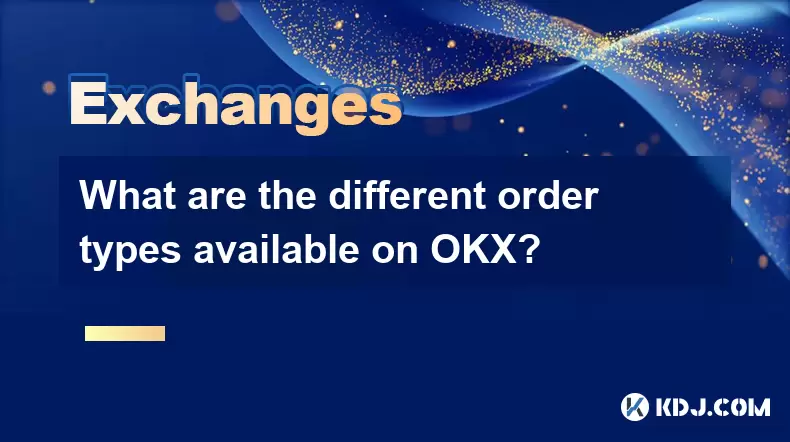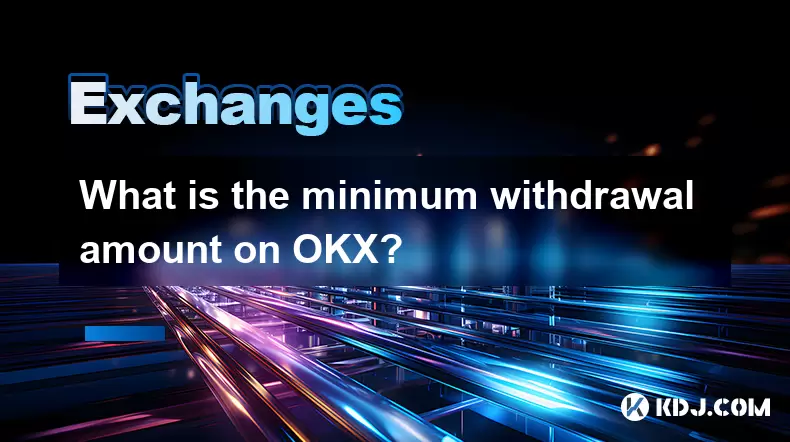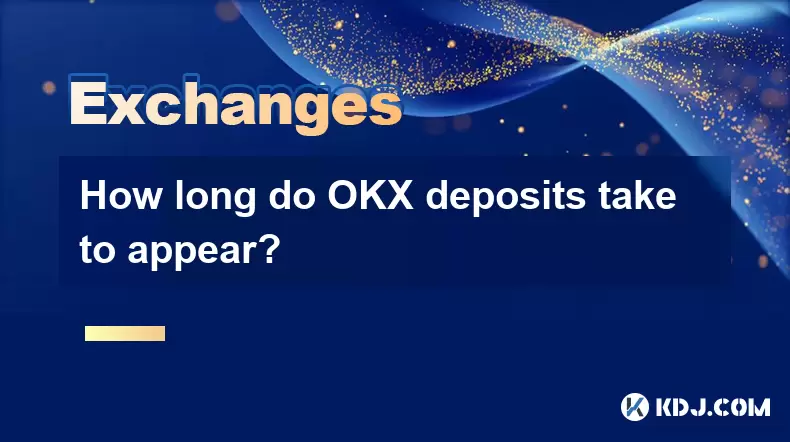-
 Bitcoin
Bitcoin $108,879.8879
0.11% -
 Ethereum
Ethereum $2,565.0410
0.07% -
 Tether USDt
Tether USDt $1.0001
0.00% -
 XRP
XRP $2.2915
-0.14% -
 BNB
BNB $660.7569
-0.20% -
 Solana
Solana $151.1919
-0.78% -
 USDC
USDC $1.0000
0.00% -
 TRON
TRON $0.2869
-0.14% -
 Dogecoin
Dogecoin $0.1698
-0.98% -
 Cardano
Cardano $0.5832
-0.83% -
 Hyperliquid
Hyperliquid $38.2151
-3.65% -
 Sui
Sui $2.8819
-1.10% -
 Bitcoin Cash
Bitcoin Cash $498.0045
0.53% -
 Chainlink
Chainlink $13.3860
-1.54% -
 UNUS SED LEO
UNUS SED LEO $9.0541
-0.22% -
 Stellar
Stellar $0.2535
1.00% -
 Avalanche
Avalanche $18.0791
-0.65% -
 Shiba Inu
Shiba Inu $0.0...01185
0.83% -
 Toncoin
Toncoin $2.7669
-1.12% -
 Hedera
Hedera $0.1575
-1.49% -
 Litecoin
Litecoin $86.3735
-1.06% -
 Monero
Monero $316.7337
-1.19% -
 Dai
Dai $1.0000
0.01% -
 Polkadot
Polkadot $3.3611
-0.82% -
 Ethena USDe
Ethena USDe $1.0002
0.01% -
 Bitget Token
Bitget Token $4.2618
-1.76% -
 Uniswap
Uniswap $7.4587
0.85% -
 Aave
Aave $282.3607
-1.88% -
 Pepe
Pepe $0.0...01004
-0.06% -
 Pi
Pi $0.4576
-0.29%
How to create a sub-account on Bybit?
2025/07/08 22:22

What Is a Sub-account on Bybit?
A sub-account on Bybit is an auxiliary trading account linked to your main Bybit account. It allows users to manage multiple portfolios or trading strategies separately while maintaining centralized control through the primary account. This feature is particularly useful for institutional traders, fund managers, and individuals who want to segregate their trading activities. The main account can allocate funds, view performance reports, and execute trades across all sub-accounts. Each sub-account operates independently with its own API keys, trading history, and asset balances.
Why Use a Sub-account on Bybit?
Using a sub-account system offers several advantages. One of the most significant benefits is the ability to compartmentalize different investment strategies, such as arbitrage, spot trading, or futures trading. Users can also assign separate sub-accounts to team members or automated trading bots without exposing the primary account's credentials. Additionally, sub-accounts allow better risk management by isolating capital allocation per strategy or trader. For businesses or professional traders, this structure simplifies performance tracking and auditing. The sub-account functionality ensures that each account maintains autonomy while being centrally managed from the main account dashboard.
Step-by-Step Guide to Creating a Sub-account
To begin creating a sub-account, log in to your Bybit main account and navigate to the user profile section. From the dropdown menu, locate the Sub-account Management tab. Clicking this will bring up the interface where you can add a new sub-account. You'll be prompted to enter a unique username for the sub-account, which must not duplicate any existing usernames on your profile. After selecting a name, choose whether the sub-account should have trading permissions, funding permissions, or both. Once all fields are filled, click the "Create" button to finalize the setup.
Managing Sub-account Permissions
After creating a sub-account, it’s crucial to configure its access rights properly. Navigate back to the Sub-account Management panel and select the newly created sub-account. Here, you can toggle various permissions such as spot trading, futures trading, P2P transactions, and fund transfers. It's important to restrict unnecessary access to prevent unauthorized actions. For example, if the sub-account is used solely for algorithmic trading via API, disable manual trading permissions. These settings ensure that the sub-account operates within defined boundaries while still allowing flexibility based on its intended use.
Transferring Funds Between Main and Sub-accounts
Once your sub-account is active, you may need to move assets between the main account and the sub-account. To do this, go to the "Transfer" section under the Assets tab. Select the source account (main or sub-account) and specify the target account. Choose the cryptocurrency or fiat currency you wish to transfer and enter the amount. Confirm the transaction using the verification method associated with your main account. This process allows seamless movement of funds while maintaining clear records for both accounts. Note that internal transfers between accounts occur instantly and without network fees.
Generating and Using API Keys for Sub-accounts
If you plan to integrate your sub-account with third-party platforms or trading bots, generating API keys is essential. Access the API Management section from the sub-account dashboard. Click the "Create New API" button and follow the prompts to set up the key. You can define specific permissions such as read-only access, trade execution, or fund withdrawal capabilities. Make sure to store the API key and secret securely, and never share them publicly. Once generated, these keys enable external tools to interact directly with the sub-account, enabling automation and remote monitoring without compromising the security of your main account.
Frequently Asked Questions
Can I create multiple sub-accounts on Bybit?
Yes, Bybit allows users to create multiple sub-accounts under a single main account. There is no strict limit on the number of sub-accounts, making it ideal for managing diverse trading strategies or team-based operations.
Is there a fee for transferring funds between main and sub-accounts?
No, internal transfers between the main account and sub-accounts do not incur any fees. These transfers are processed instantly and are not subject to blockchain transaction costs.
Can a sub-account trade independently without the main account's intervention?
Yes, once permissions are set, a sub-account can operate independently. However, all activity remains visible and manageable from the main account dashboard, allowing for oversight when needed.
Are sub-account transactions visible on the main account's history?
Yes, the main account can view all transaction details and trading activities of every sub-account. This visibility helps in consolidating reports and maintaining transparency across all linked accounts.
免责声明:info@kdj.com
所提供的信息并非交易建议。根据本文提供的信息进行的任何投资,kdj.com不承担任何责任。加密货币具有高波动性,强烈建议您深入研究后,谨慎投资!
如您认为本网站上使用的内容侵犯了您的版权,请立即联系我们(info@kdj.com),我们将及时删除。
- 系绳的淘金热:80亿美元的瑞士拱顶和Stablecoins的未来
- 2025-07-09 02:50:13
- 马s,地幔和Stablecoin实用程序:加密付款的新时代?
- 2025-07-09 02:50:13
- 原子看涨突破:加密情绪和宇宙生态系统
- 2025-07-09 02:55:12
- Kraken,后机翼和Memecoins:狂野前往新加坡大奖赛!
- 2025-07-09 00:50:12
- Cronos SkyOlocket:解码CRO的加密速度的原因
- 2025-07-09 01:30:12
- 以太坊的华尔街Love&Ruvi AI的审计集会:加密鸡尾酒
- 2025-07-09 00:55:12
相关百科

What are the different order types available on OKX?
2025-07-08 22:15:08
<h3>Understanding Order Types on OKX</h3><p>OKX is one of the leading cryptocurrency exchanges globally, offering a wide array of tr...

What is the minimum withdrawal amount on OKX?
2025-07-08 20:21:25
<h3>Understanding the Minimum Withdrawal Amount on OKX</h3><p>When using a cryptocurrency exchange like OKX, users often need to und...

How long do OKX deposits take to appear?
2025-07-08 20:15:12
<h3>Understanding OKX Deposit Times for Cryptocurrencies</h3><p>When using OKX, one of the most common concerns among users is how l...

OKX account recovery process if I lose my phone.
2025-07-08 22:43:15
<h3>What Happens If I Lose My Phone and Need to Recover My OKX Account?</h3><p>Losing your phone can be a stressful experience, espe...

How to buy Ethereum (ETH) on OKX?
2025-07-08 23:07:23
<h3>What is Ethereum (ETH) and Why Buy It?</h3><p>Ethereum (ETH) is the native cryptocurrency of the Ethereum blockchain, a decentra...

What is the OKX VIP program and its benefits?
2025-07-09 02:36:08
<h3>What Is the OKX VIP Program?</h3><p>The OKX VIP program is a tiered benefits system designed for high-volume traders and institu...

What are the different order types available on OKX?
2025-07-08 22:15:08
<h3>Understanding Order Types on OKX</h3><p>OKX is one of the leading cryptocurrency exchanges globally, offering a wide array of tr...

What is the minimum withdrawal amount on OKX?
2025-07-08 20:21:25
<h3>Understanding the Minimum Withdrawal Amount on OKX</h3><p>When using a cryptocurrency exchange like OKX, users often need to und...

How long do OKX deposits take to appear?
2025-07-08 20:15:12
<h3>Understanding OKX Deposit Times for Cryptocurrencies</h3><p>When using OKX, one of the most common concerns among users is how l...

OKX account recovery process if I lose my phone.
2025-07-08 22:43:15
<h3>What Happens If I Lose My Phone and Need to Recover My OKX Account?</h3><p>Losing your phone can be a stressful experience, espe...

How to buy Ethereum (ETH) on OKX?
2025-07-08 23:07:23
<h3>What is Ethereum (ETH) and Why Buy It?</h3><p>Ethereum (ETH) is the native cryptocurrency of the Ethereum blockchain, a decentra...

What is the OKX VIP program and its benefits?
2025-07-09 02:36:08
<h3>What Is the OKX VIP Program?</h3><p>The OKX VIP program is a tiered benefits system designed for high-volume traders and institu...
查看所有文章

























































































